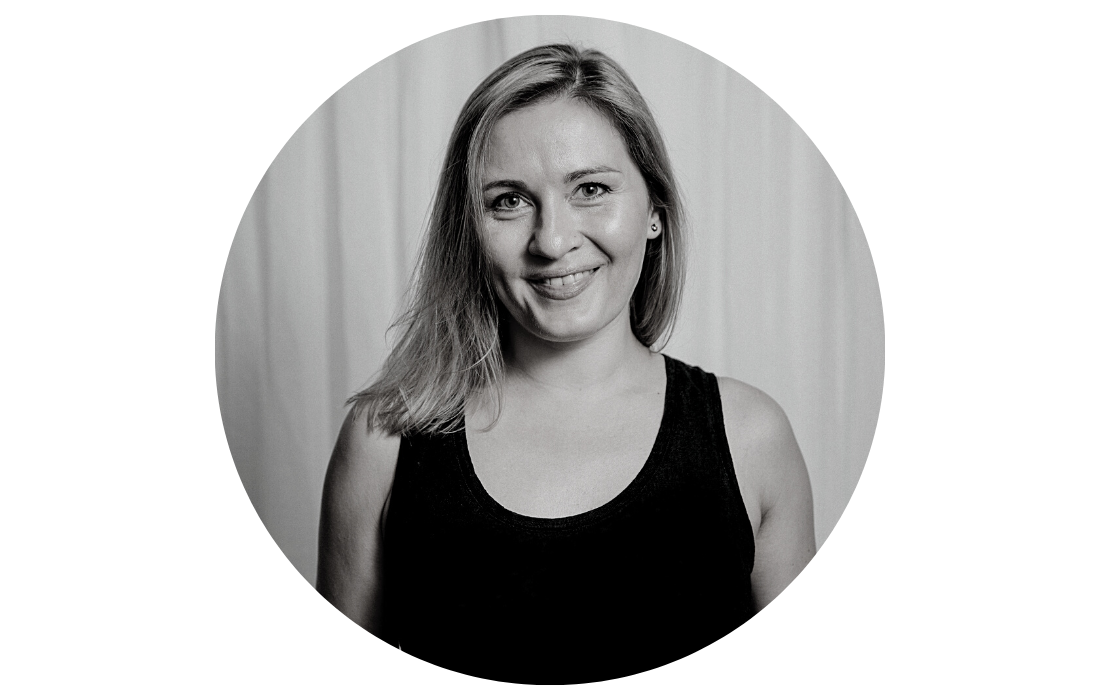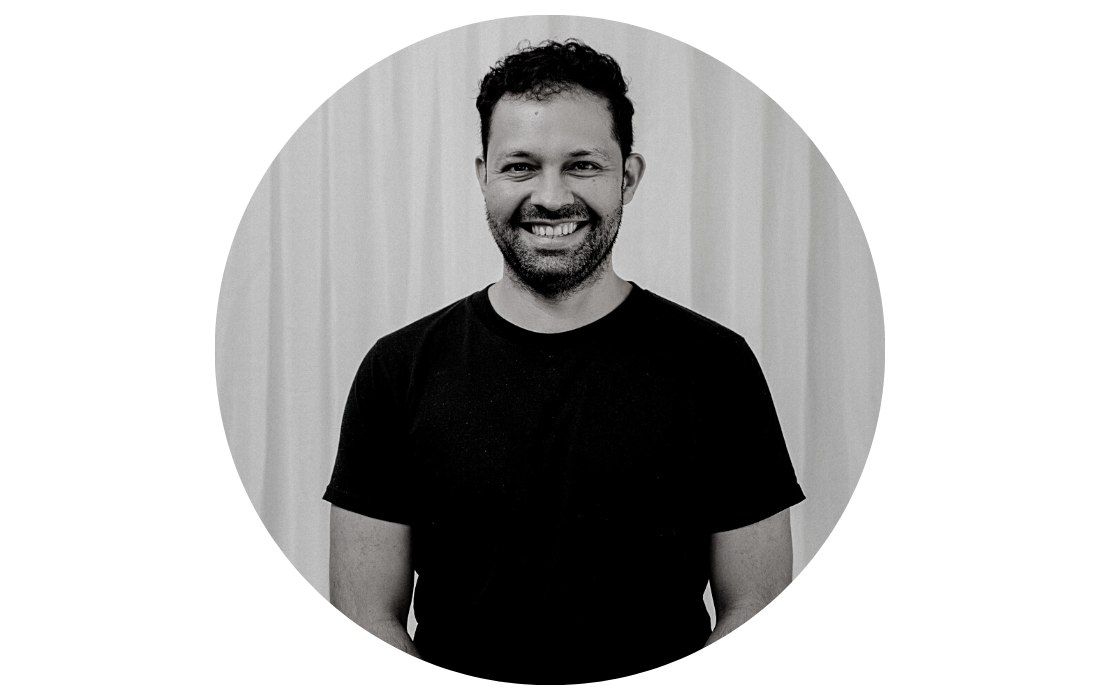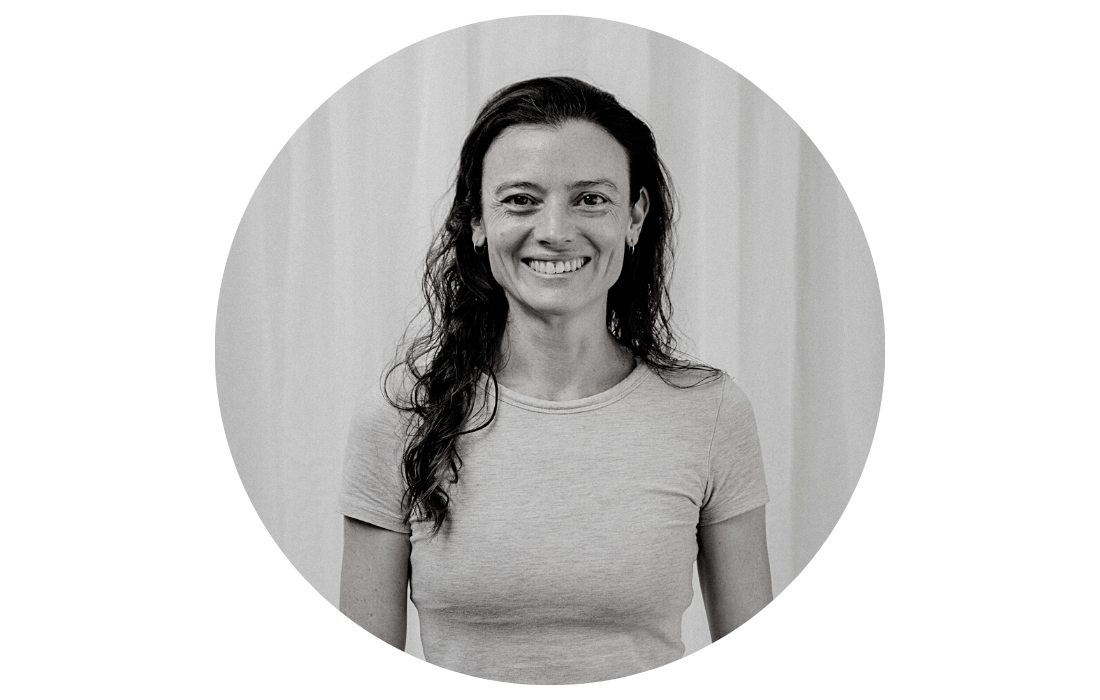Heel Spurs Physiotherapy Brisbane southside.
What is a Heel Spur?
A heel spur is a bony growth that develops on the underside of the heel bone (calcaneus). Heel spurs are typically a result of the biomechanical strain that leads to mineralisation or ossification of the plantar fascia. Heel spurs are typically associated with plantar fasciitis, a condition characterised by inflammation of the plantar fascia—a band of tissue that runs along the bottom of the foot.
What causes Heel Spurs?
Heel spurs are primarily caused by repetitive strain or stress on the foot's ligaments and muscles, leading to the following contributing factors:
What are the symptoms of Heel Spurs?
Not all heel spurs cause symptoms, and they are often discovered incidentally during X-rays or imaging tests. However, when they do cause symptoms, the most common ones include:
How are Heel Spurs diagnosed?
Heel spurs are typically diagnosed through a combination of:
How are Heel Spurs treated?
It is important to note that heel spurs are not the cause but a consequence, therefore the treatment for heel spurs often focuses on relieving symptoms and addressing the underlying cause, such as plantar fasciitis. Common treatment options may include:
How are Heel Spurs prevented?
To reduce the risk of developing heel spurs or managing existing ones:
How can physiotherapy help with Heel Spurs?
Physiotherapy can play a valuable role in the management of heel spurs, particularly when the pain and discomfort associated with the condition are related to plantar fasciitis or other contributing factors. Here's how physiotherapy can help with heel spurs:
If you or a loved one has questions about Heel Spurs and how our physiotherapists might be able to help please call us on 07 3706 3407 or email [email protected]. We would love to work with you!
A heel spur is a bony growth that develops on the underside of the heel bone (calcaneus). Heel spurs are typically a result of the biomechanical strain that leads to mineralisation or ossification of the plantar fascia. Heel spurs are typically associated with plantar fasciitis, a condition characterised by inflammation of the plantar fascia—a band of tissue that runs along the bottom of the foot.
What causes Heel Spurs?
Heel spurs are primarily caused by repetitive strain or stress on the foot's ligaments and muscles, leading to the following contributing factors:
- Plantar Fasciitis: The most common cause of heel spurs is plantar fasciitis, an inflammation of the plantar fascia. Over time, the chronic inflammation can result in the formation of a bony spur.
- Overuse: Activities that place excessive strain on the plantar fascia, such as running, walking long distances, or standing for extended periods, can contribute to the development of heel spurs.
- Foot Mechanics: Abnormal foot mechanics, including flat feet (pes planus) or high arches (pes cavus), can increase the risk of developing heel spurs.
- Age: Heel spurs are more common in older individuals, as the plantar fascia naturally loses elasticity and becomes less flexible with age.
What are the symptoms of Heel Spurs?
Not all heel spurs cause symptoms, and they are often discovered incidentally during X-rays or imaging tests. However, when they do cause symptoms, the most common ones include:
- Heel Pain: Persistent, sharp pain at the bottom of the heel, especially when bearing weight or taking the first steps in the morning.
- Pain with Activity: Discomfort may worsen during activities like walking, running, or standing for prolonged periods.
- Tenderness: The area around the heel spur may be tender to the touch.
How are Heel Spurs diagnosed?
Heel spurs are typically diagnosed through a combination of:
- Clinical Examination: A healthcare provider will assess your medical history, symptoms, and conduct a physical examination of your foot.
- Imaging Studies: X-rays or other imaging tests may be ordered to confirm the presence of a heel spur and assess its size and location.
How are Heel Spurs treated?
It is important to note that heel spurs are not the cause but a consequence, therefore the treatment for heel spurs often focuses on relieving symptoms and addressing the underlying cause, such as plantar fasciitis. Common treatment options may include:
- Rest: Reducing or avoiding activities that exacerbate symptoms can help alleviate pain and reduce strain on the heel.
- Orthotic Devices: Custom-made or over-the-counter shoe inserts (orthotics) can provide arch support, improve foot mechanics, and reduce pressure on the heel.
- Footwear: Wearing supportive shoes with good arch support and cushioning can help reduce discomfort.
- Physical Therapy: Physiotherapists can design exercise programs to stretch and strengthen the calf muscles and plantar fascia, which can help relieve tension on the heel.
- Pain Management: Over-the-counter pain relievers or anti-inflammatory medications may be recommended to manage pain and inflammation.
- Corticosteroid Injections: In some cases, corticosteroid injections into the heel may be used to reduce inflammation and pain.
- Shockwave Therapy: Extracorporeal shockwave therapy (ESWT) is a non-invasive procedure that uses shockwaves to stimulate healing and reduce pain in some cases.
- Surgery: Surgical removal of the heel spur is rarely necessary and is usually considered only when conservative treatments have failed to provide relief.
How are Heel Spurs prevented?
To reduce the risk of developing heel spurs or managing existing ones:
- Practice proper foot care and wear appropriate footwear.
- Maintain a healthy body weight to reduce stress on the feet.
- Perform regular calf and foot stretching exercises to maintain flexibility.
- Seek prompt treatment for any foot pain or discomfort.
How can physiotherapy help with Heel Spurs?
Physiotherapy can play a valuable role in the management of heel spurs, particularly when the pain and discomfort associated with the condition are related to plantar fasciitis or other contributing factors. Here's how physiotherapy can help with heel spurs:
- Assessment and Diagnosis: A physiotherapist will conduct a thorough assessment to determine the cause of your heel pain and confirm the presence of a heel spur. This assessment may include a review of your medical history, a physical examination, and possibly imaging tests, such as X-rays or ultrasound.
- Pain Management: Physiotherapists can employ various techniques to manage heel pain associated with heel spurs, including:
- Soft tissue massage: To reduce muscle tension and relieve pain in the heel and calf muscles.
- Ice or heat therapy: Application of ice or heat to reduce inflammation and provide pain relief.
- Ultrasound therapy or electrical stimulation: These modalities can help alleviate pain and inflammation.
- Stretching Exercises: Physiotherapists can design a customised exercise program that includes stretching exercises to target the calf muscles and the plantar fascia. Stretching can help reduce tension and pain in the heel and improve overall flexibility.
- Strengthening Exercises: Strengthening exercises may be recommended to improve the strength and endurance of the calf muscles and the muscles that support the arch of the foot. Stronger muscles can provide better support to the heel and reduce strain on the plantar fascia.
- Gait Analysis: A physiotherapist can analyse your walking pattern (gait) to identify any abnormal movements or compensations that may contribute to heel pain. They can provide guidance on modifying your gait to reduce stress on the heel.
- Orthotic Devices: Physiotherapists can assess the need for orthotic inserts or arch supports in your shoes to correct foot mechanics, redistribute pressure, and provide better alignment, which can relieve heel pain.
- Footwear Recommendations: Physiotherapists can offer advice on appropriate footwear choices that provide adequate support, cushioning, and arch support.
- Education: Physiotherapists can educate you about proper foot care, exercises to perform at home, and techniques for managing and preventing heel pain associated with heel spurs.
- Activity Modification: Physiotherapists can provide guidance on modifying or avoiding activities that exacerbate heel pain, especially those that involve prolonged standing or high-impact activities.
- Monitoring and Progress Evaluation: Throughout your physiotherapy treatment, your progress will be closely monitored, and adjustments to your exercise program or treatment plan will be made as needed to ensure you are on track to achieve your goals.
If you or a loved one has questions about Heel Spurs and how our physiotherapists might be able to help please call us on 07 3706 3407 or email [email protected]. We would love to work with you!
Who to book in with:
Yulia Khasyanova
|
Mauricio Bara
|
Emma Cameron
|



